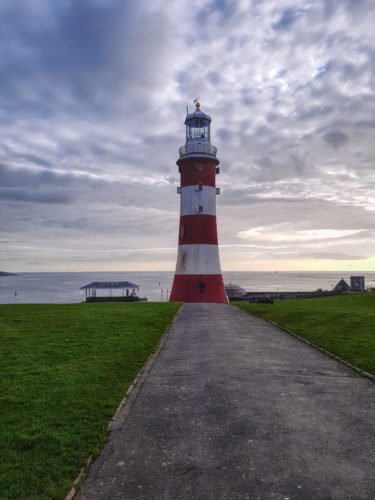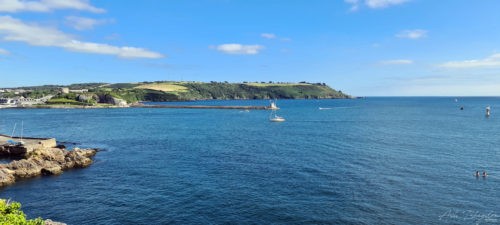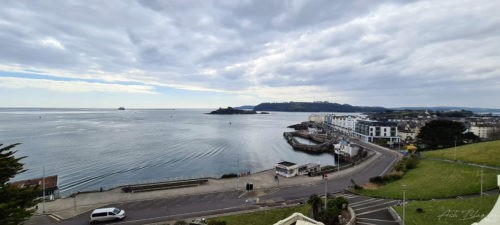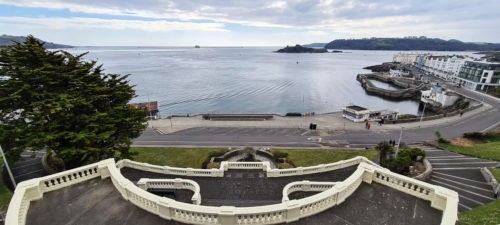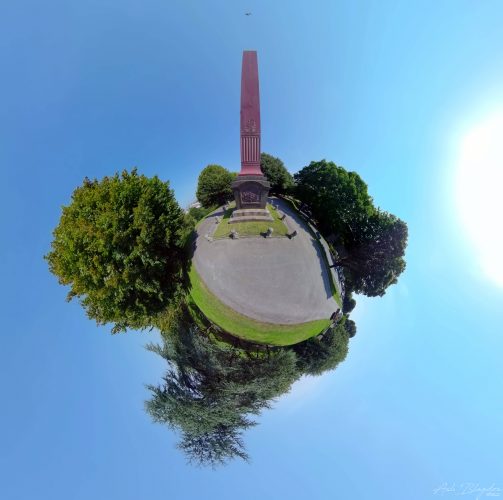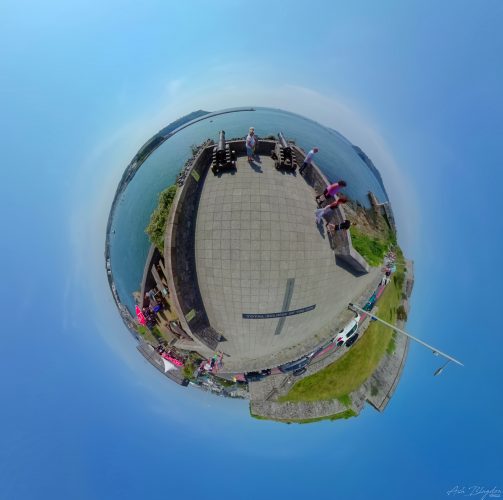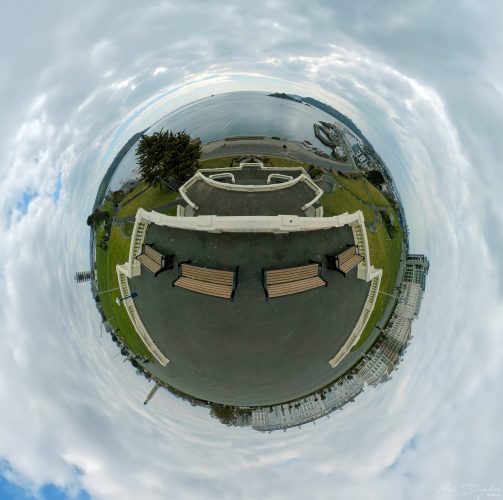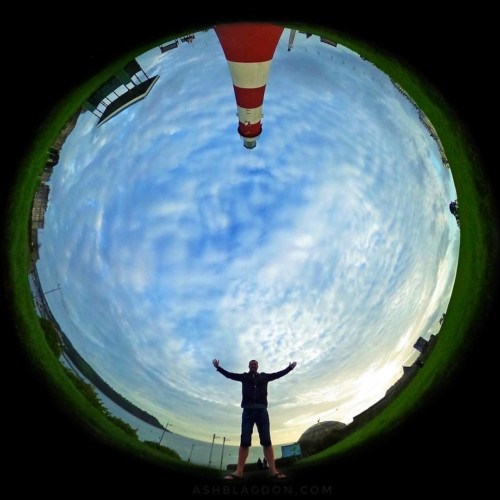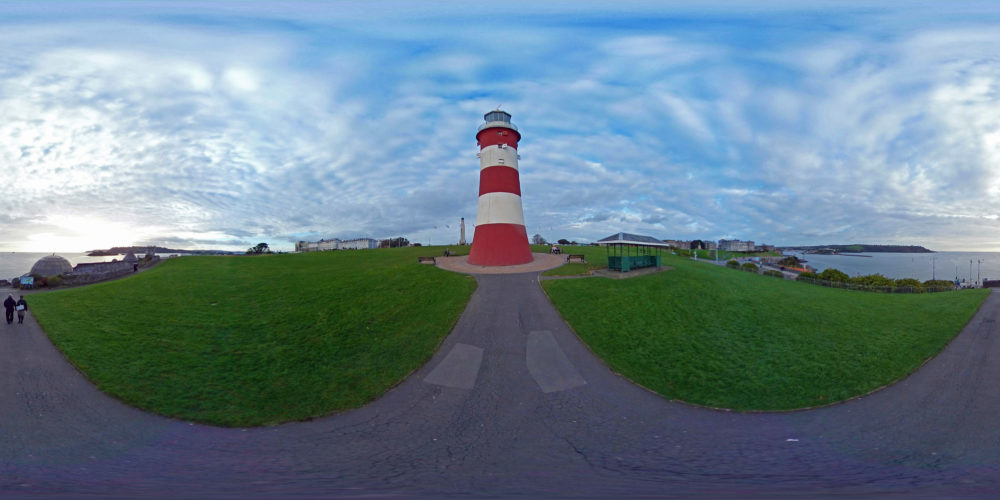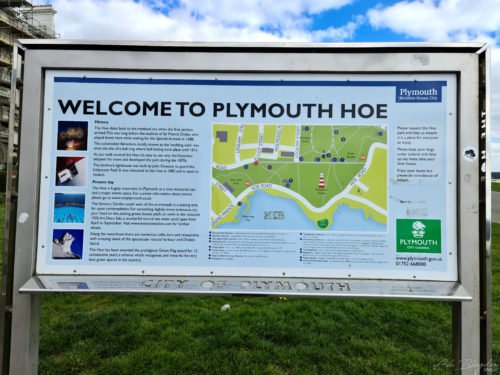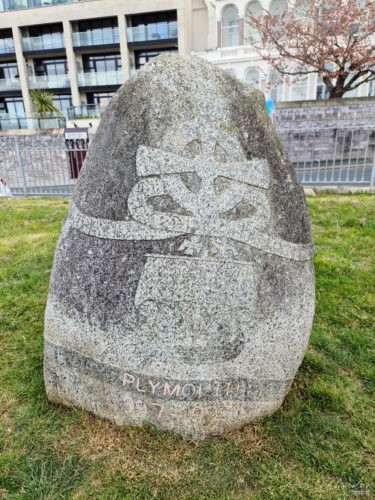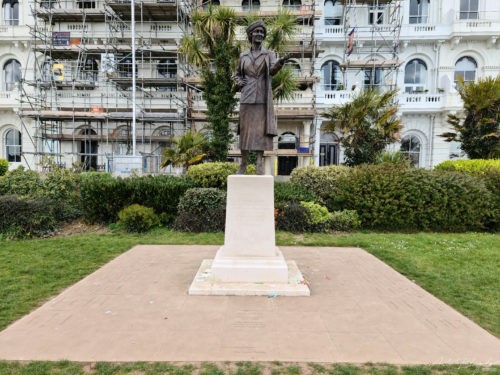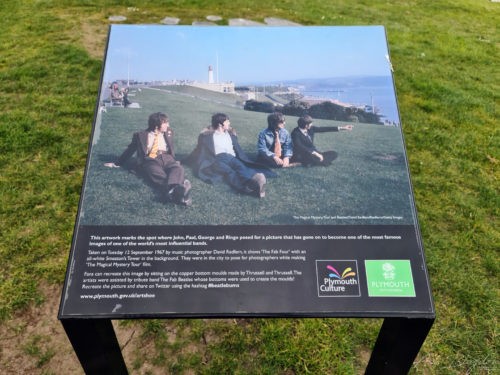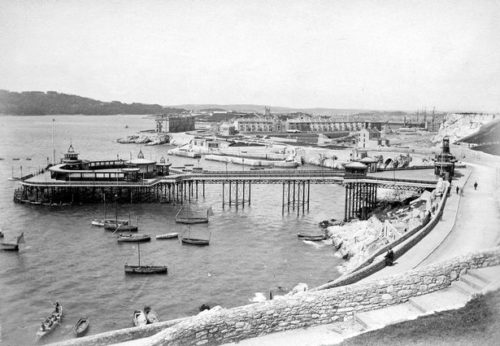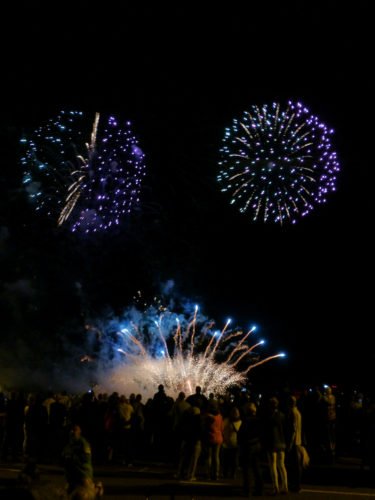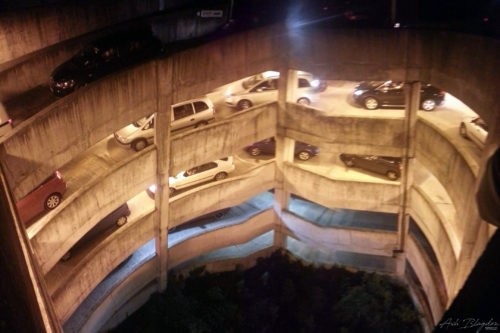Enjoy a 360 virtual tour of Plymouth Hoe with stunning views across the Sound that have hardly changed for centuries.
Update: 20th August 2020
- Added more 360 images
I’ve been here many times over the years, the views are always stunning no matter what time of year. I remember climbing Smeaton’s Tower (the lighthouse) when I was a kid. It’s definitely on the to do list again with the camera. The hoe often plays host to a plethora of family events the best of which are live music and the firework championships. Though from past experience don’t park in the harbour multi story car park, I made this mistake for the firework championships and was stuck in a queue waiting to get out of the car park for 3 hours. I have watched from Jennycliff, but to be honest it isn’t as good, especially as the trees are getting taller and starting to obscure the view. It can be a hassle getting here for events, but the atmosphere and view make it worthwhile.
Plymouth Hoe known locally as ‘the Hoe’, is a large south-facing open public space in the coastal city of Plymouth in Devon, UK.
- The name ‘Hoe’ derives from Old English and appropriately enough, means ‘high ground’.
- Smeaton’s Tower lighthouse was originally built on the Eddystone reef in 1759.
- There’s a statue of Sir Francis Drake and a separate monument, featuring a statue of Britannia, that was built in 1888 to celebrate 300 years since the defeat of the Armada.
- Close to the Armada monument stands the Royal Air Force and Allied Air Forces monument, dedicated to all the men and women who served, both in the air and on the ground, during World War Two.
- Erected in 1989, it’s dominated by a six-foot-tall bronze statue of the Unknown Airman.
- The Plymouth Naval Memorial, unveiled in 1924, commemorates 7,251 sailors of the First World War and 15,933 of the Second World War.
- Between 1860 and 1895 and then again in 1937 through to decimalisation, a picture of Smeaton’s Tower lighthouse appeared on the back of the English Penny.
- In 2017 there was a poignant display ‘Wave of Poppies‘ for remembrance day.
In Tudor times a fortress was built here to defend the coastline from attack. This was replaced by the Royal Citadel in the late 17th century. Still occupied by the military today, The Citadel has been in constant use since it was built in 1665.
- It is here where Sir Francis Drake, intrepid explorer and local hero, is immortalised in a statue, situated just a few metres from the green where he finished his game of bowls before heading out to defeat the Spanish Armada in 1588.
- Two figures of giants holding clubs, popularly known as ‘Gog Magog’, were cut in the turf of The Hoe. These survived until c 1671 when Charles II constructed the Royal Citadel, a military fort, at the eastern end of The Hoe.
- The Hoe was transformed from farmland (complete with grazing cows and sheep) into a park back in the 1880s.
Easy as it’s all on a level surface and wheelchair friendly.
- Public toilets are located behind the cafe on the Promenade, Royal Citadel end.
If you found this helpful, please like and follow my social pages
Click here to Explore More of the UK in 360º
Originally Published on: 18 Dec 2017 at 03:00
